Managing sustainability taxonomies in one platform: ESRS, ISSB, GRI, and more
- October 11, 2024
- 6 minutes
About author

Szymon Gębski
Szymon has expertise in sustainability and non-financial reporting frameworks, holding a Ph.D. in Law with experience consulting for international organizations such as the OECD. He specializes in ESG reporting, particularly in aligning with standards like ESRS, ISSB S1/S2, and the EU Taxonomy. Szymon leads the analysis of ESG regulatory requirements at BR-AG, where he focuses on developing XBRL taxonomies for sustainability reporting and contributes to methodologies for tracking environmental finance data. He is also heavily involved in shaping solutions that help companies comply with evolving ESG frameworks.
With over 2,400 ESG regulations worldwide, sustainability reporting is becoming an increasingly vital part of corporate compliance. Today, there are more than 600 different sustainability reporting standards, industry initiatives, frameworks, and guidelines around the world, which can make sustainability reporting a complex, research-heavy, and repetitive process.
In just a matter of a few years, the global landscape of sustainability taxonomies has gone from zero to over 50 instruments – finalized and emerging. This rapid emergence of sustainability taxonomies reflects the growing demand for clarity and consistency in defining sustainable economic activities.
Today, there are approximately 10-15 internationally established sustainability reporting standards. While their relative importance depends on where your organization conducts business (or is publicly listed), the main sustainability disclosure standards are the European Sustainability Reporting Standards (ESRS), IFRS Sustainability Disclosure Standards (S1 and S2), Global Reporting Initiative (GRI) standards, Sustainability Accounting Standards Board (SASB) standards, among key ones.
Why XBRL for Sustainability Reporting?
The main sustainability disclosure frameworks have been subject to digitisation efforts by means of global data standards, such as XBRL (eXtensible Business Reporting Language). Several major sustainability taxonomies use XBRL to ensure that sustainability data is standardized and accessible.
XBRL taxonomies for marking-up of sustainability disclosures are becoming central to the regulatory landscape. The XBRL reports provide richer sustainability data that is easily readable by humans and can be consumed and analysed by machines.
XBRL is a global standard for the electronic exchange of business (financial and non-financial) information. It ensures that data is reported in a structured, machine-readable format, promoting consistency, comparability, and transparency across sectors and regions. Reported in XBRL, such data is easier for regulators, investors, and stakeholders to process and analyse. At the same time, reporting entities are building on an enhanced data quality and automated processing of data that reduces errors and improves compliance with regulatory requirements.
Several major sustainability-related disclosures’ frameworks have corresponding XBRL taxonomies to mark-up sustainability disclosures, ensuring that data is standardized and accessible.
Key XBRL taxonomies for sustainability disclosures
- European Sustainability Reporting Standards (ESRS) XBRL taxonomy
The ESRS require the disclosure of information about material sustainability-related impacts, risks and opportunities (IROs) and how these are addressed by a company. Thus far, the ESRS Set 1 addresses general disclosure requirements and topical disclosures for environmental, social and governance matters, with sector specific standards to be developed in the future. The ESRS Set 1 apply in the first stage to large listed companies (financial year 2024) and subsequently to all large companies in the EU (financial year 2025). The CSRD also mandates such disclosures for listed small and medium-sized companies (financial year 2026 with possible opt-out until 2028) based on relevant standards, to be still adopted.The European Financial Reporting Advisory Group (EFRAG) has developed the XBRL taxonomy corresponding to ESRS Set 1 standards.
For those who are embarking on the sustainability reporting journey, here we wrote about the essentials of ESRS and how to get started with reporting most effectively.
- IFRS Sustainability Disclosure Standards XBRL taxonomy
IFRS Sustainability Disclosure Standards, developed by the International Financial Reporting Standards (IFRS) Foundation, provide a global baseline for sustainability reporting. Publicly listed companies and large corporations in early adopter countries like the UK, Canada, and Japan are required to comply. The International Sustainability Standards Board (ISSB) encourages the use of XBRL for sustainability disclosures, particularly for financial institutions and large multinationals, ensuring that sustainability-related financial information is comparable across jurisdictions. The first reports are expected in 2025.IFRS has developed the IFRS Sustainability Disclosure Taxonomy that corresponds to its S1 and S2 standards.
- Global Reporting Initiative (GRI) XBRL taxonomy
GRI is one of the most widely adopted sustainability frameworks, used by over 10,000 companies across 90+ countries. While GRI standards are voluntary, many companies adopt their requirements to disclose sustainability-related information and to enhance the comparability of their disclosures. Several countries have implemented selected GRI disclosures and/or metrics for sustainability reporting, especially for large listed companies. GRI has prepared a draft XBRL taxonomy and after holding its public consultation is working on a final XBRL taxonomy version.
ATOME Matter: One platform for managing diversity of Sustainability Disclosures Taxonomies
For businesses, aligning with these frameworks requires an understanding of data that needs to be disclosed and how to structure it digitally using XBRL. With different XBRL taxonomies across frameworks requiring specific data elements, managing sustainability reporting can be a complex and resource-intensive task.
As the ISSB, EFRAG, and other bodies developing sustainability reporting standards, work to create their reporting frameworks, organizations operating in multiple jurisdictions are faced with the challenge of navigating different, sometimes overlapping, disclosure requirements.
Hence, effectively mapping and reconciling these disclosure requirements and corresponding data elements across various standards and XBRL taxonomies is becoming increasingly essential for organizations. This process helps companies ensure compliance with regulatory expectations, enhance market confidence, and better engage with capital markets regarding their sustainability performance.
Some standard-setters have made efforts to map their requirements to other sustainability-related disclosures’ frameworks, creating pathways for businesses to better understand their disclosure requirements between standards. However, without proper mapping tools, this process can still be highly complex and prone to error.
By reconciling and mapping disclosure elements from one standard to another, businesses can streamline their reporting efforts, reduce redundancy, and maintain consistency in how they disclose their sustainability performance. This mapping process not only saves time and effort but also ensures that data is accurately tagged and reported in a way that meets the expectations of regulators and investors alike.
At BR-AG, we are at the forefront of helping businesses and regulatory authorities make sense of these complexities. Our team has been developing solutions that assist market participants in automating the process of remapping digitized sustainability statements between various standards.
As part of our research and development activities, we have closely followed the Interoperability Guidance, published by EFRAG and the ISSB Foundation, which describes the degree of alignment of disclosure requirements between ESRS Set 1 and IFRS Sustainability Disclosure Standards, with a view to inform entities on possible compliance with both sets of standards. This guidance provides a foundation for our solution, helping companies navigate the technical and regulatory challenges of multi-standard compliance with greater ease.
Our Taxonomy Manager, ATOME Matter, simplifies this entire process. It provides users with a structured, detailed view of XBRL elements, definitions, and concepts, enabling them to navigate and map different sustainability disclosure taxonomies in one collaborative platform.
For those seeking a deeper understanding of the data requirements from various standards, our ATOME Matter also serves as a globally-unique library of data models.

Book a free demo or contact us to explore how ATOME Matter can support your sustainability reporting needs.

Download the guide to navigating and complying with sustainability reporting frameworks' XBRL taxonomies: GRI, ISSB, and ESRS
In this comprehensive guide, our experts provide a clear overview of the key elements of the ISSB S1/S2, GRI, and ESRS XBRL taxonomies. We explain how to map relevant disclosure requirements from the digital taxonomies that represent these standards, showcasing them as tagged inline XBRL reports.
This approach lays the groundwork for a future proof-of-concept mechanism that will allow companies, investors, and analysts to remap machine-readable sustainability reports across different ESG standards.


